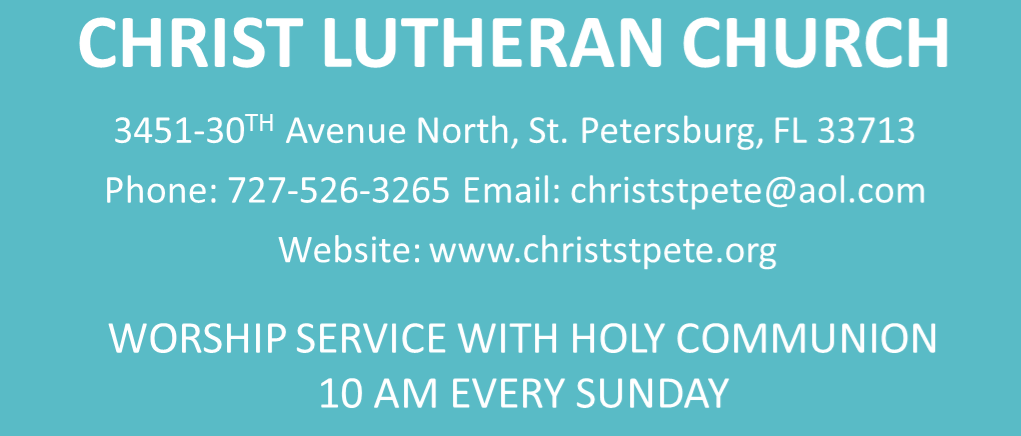LUTHERAN REFORMATION HISTORY: A Timeline
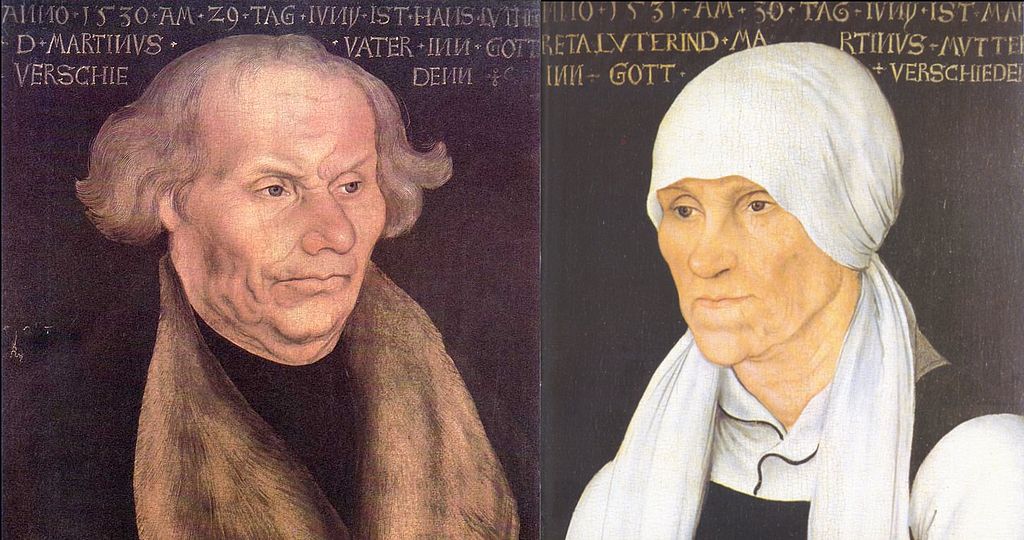
November 10, 1483
Martin Luther born in Eisleben, Germany, son of Han Luder/Luther and Margarethe Lindemann Luder/Luther. He was baptized the next day, St. Martin’s Day and thus given the name Martin.
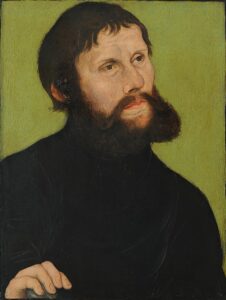
1505
Martin Luther becomes an Augustinian monk despite his father’s disapproval.
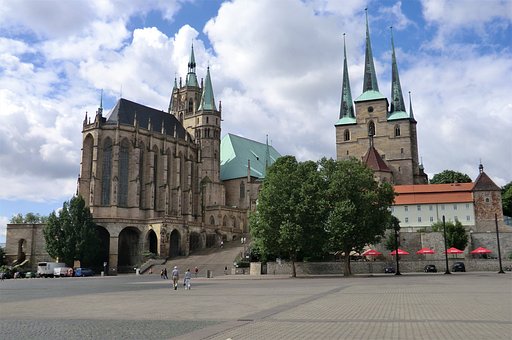
1507
1507
Martin Luther is ordained as a Catholic priest at the RC Cathedral in Erfurt. (left)
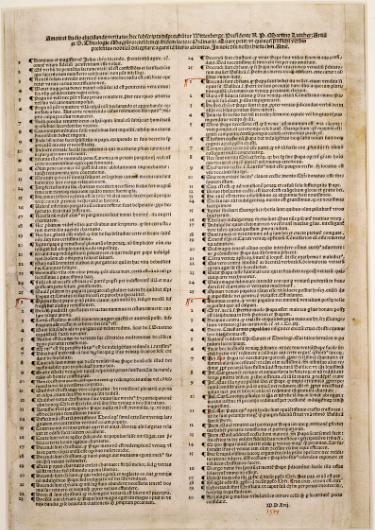
October 31, 1517
October 31, 1517
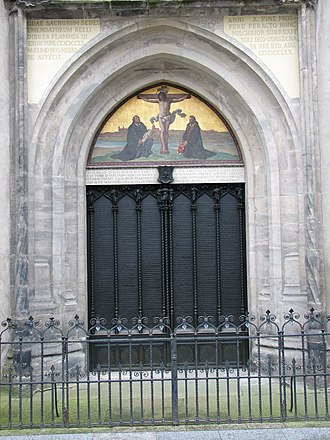
Martin Luther nails his 95 Theses to the door of Whittenberg Cathedral
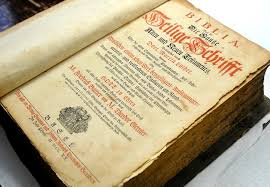
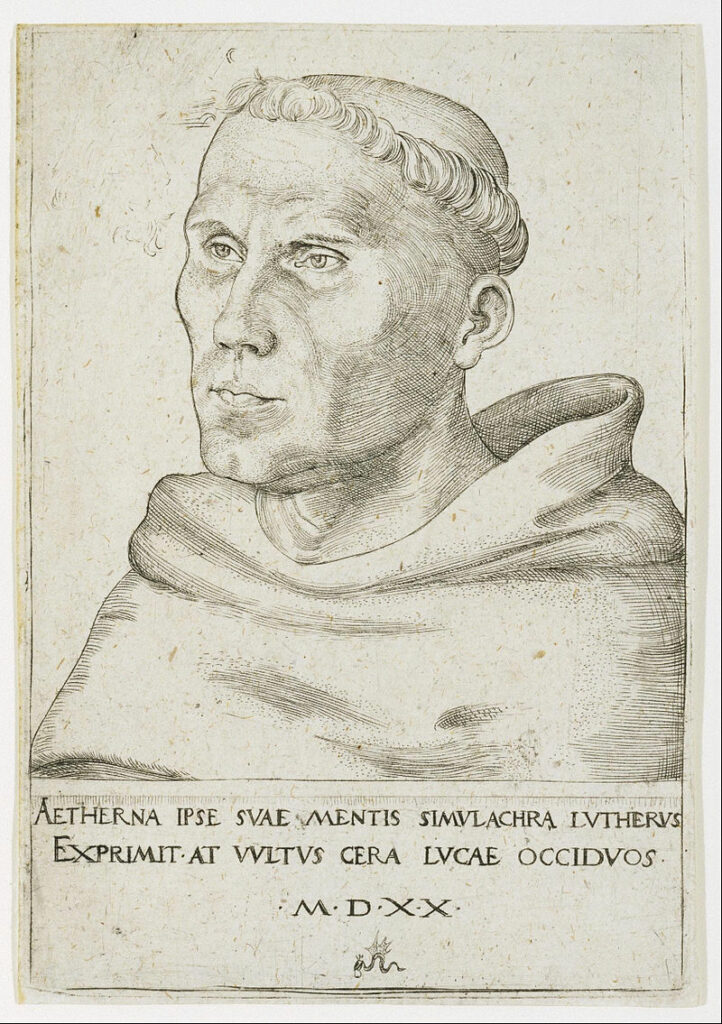
1518-1520 Woodcut by Lucas Cranach is dated 1520
April 26, 1518
Heidelberg Disposition – Martin Luther debated at Heidelberg on human depravity and bondage of the will. Woodcut by Lucas Cranach is dated 1520.
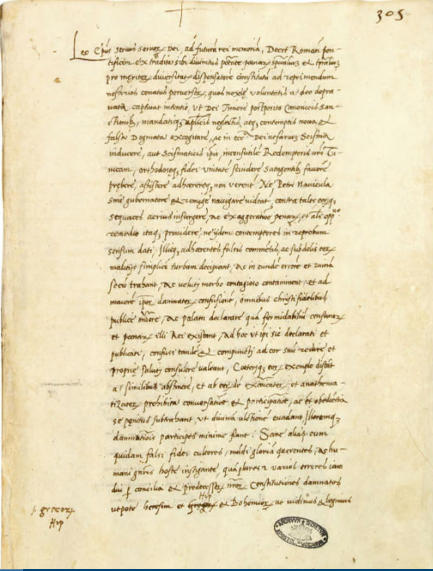
1521 – “Papal Bull”
January 3, 1521
January 3, 1521 – Pope issues “Papal Bull”, official document excommunicating Luther
Martin Luther was excommunicated by Roman Catholic Pope.
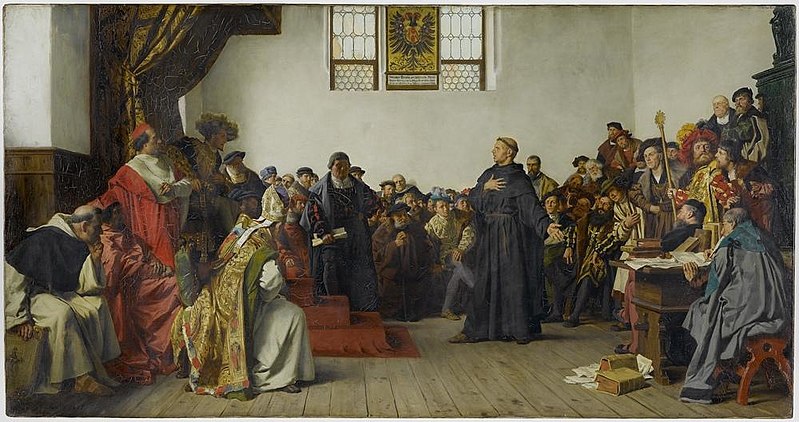
1521
January 28, 1521-May 25, 1521
Diet of Worms

1522
1522
Martin Luther translates the New Testament into German from the original Greek and Hebrew while hiding out in a castle tower provided by Frederick the Wise, Elector of Saxony.
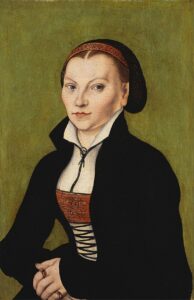
1523
April 7, 1523
Katerina Von Bora, future wife of Martin Luther, and other nuns arrived in Whittenberg after escaping from a convent.
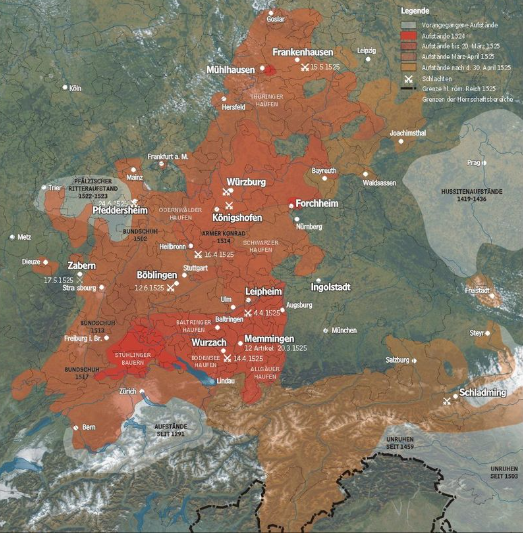
1524 – 1525 – Map of areas of the Holy Roman Empire (Germany) affected by the Peasant’s Revolt.
1524 -1525 – woodcut of The Peasant’s Revolt shows common farmers taking up farm implements to fight their battles by Johannes Stumpf in 1548 in Chronik

Peasant’s Revolt in Germany went too far in getting rid of normal church activities and structures. Churches were burned, monastaries were burned and statues and stained glass were destroyed. Many of the medieval monastaries, abbeys and convents were closed permanently. Luther did not approve of these iconoclasts, as he simply wanted to reform the Church, not destroy it.
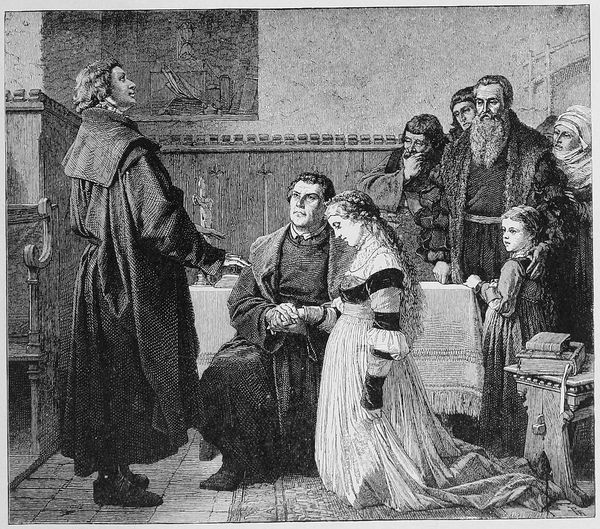
1525
June 13, 1525
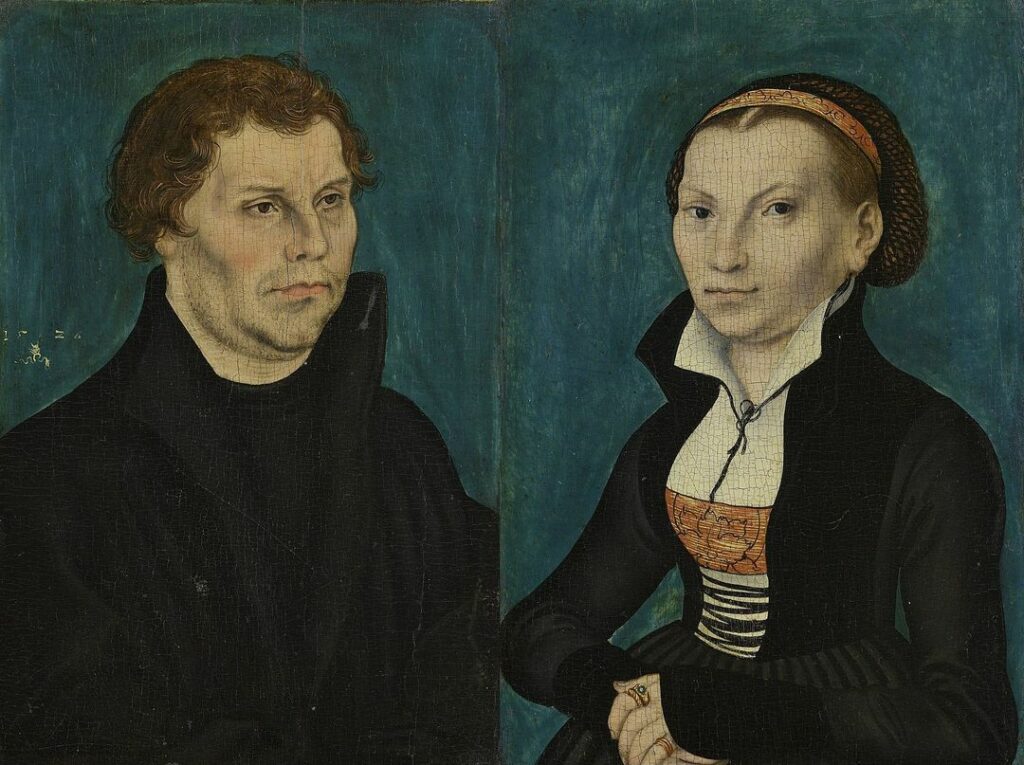
Wedding of former priest Martin Luther and former nun Katerina Von Bora in Whittenberg
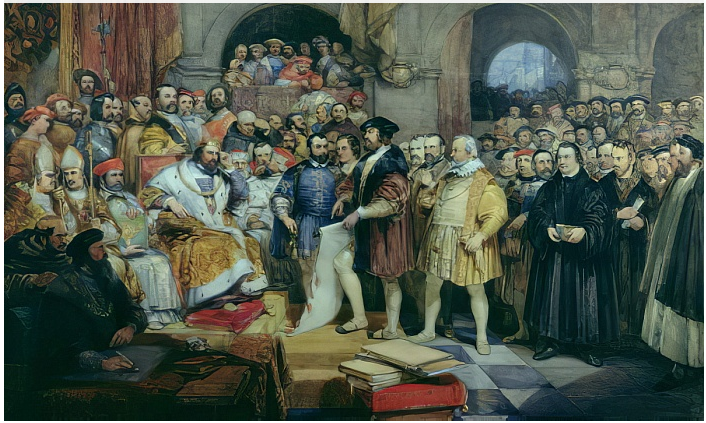
1526
1526
Diet of Speyer – Holy Roman Empire censors books it doesn’t want published in an effort to stop the spread of the ideas of Luther and other reformers, and retain control of the churches.
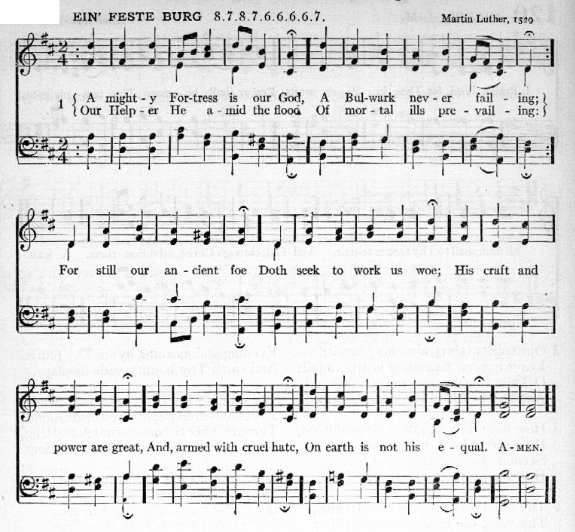
1527
1527
Martin Luther writes the hymn “A Mighty Fortress”, a powerful hymn about God as our protector, which was written simply enough for the congregation to join in the singing. It is Martin Luther’s most famous hymn.
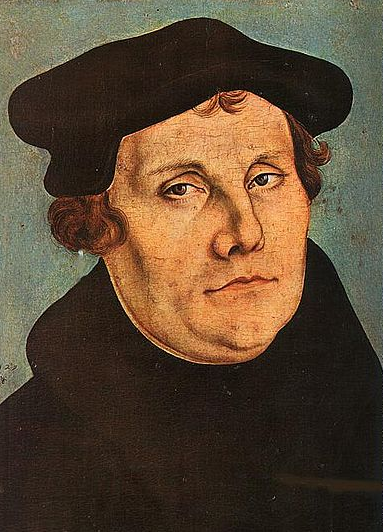
1528
1528
Martin Luther published his Confession Concerning the Lord’s Supper, proclaiming Jesus Christ is truly present in the Holy Eucharist.
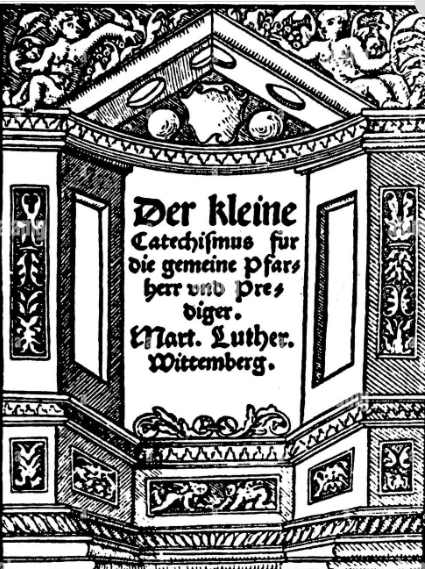
1529
1529
Martin Luther published Large Catechism in April and Small Catechism in May.
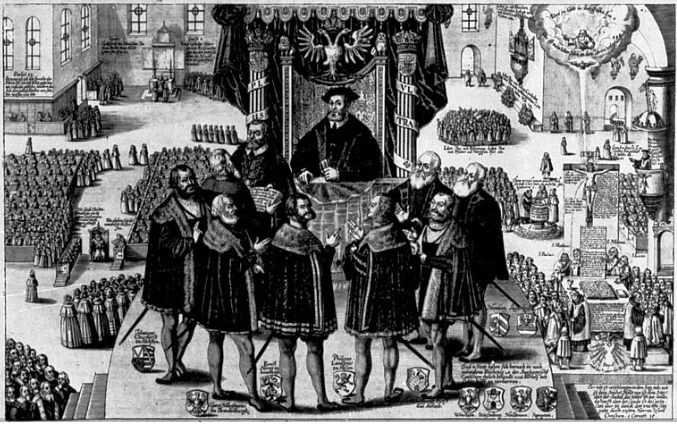
1530
June 25, 1530
Augburg Confessions presented to Charles V, Holy Roman Emperor by the Electors of Germany who agree with Luther
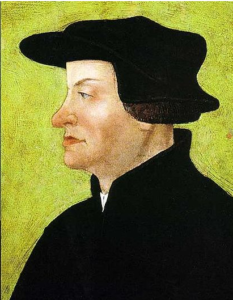
1530 – Zwingli portrait by Lucas Cranach, a friend of Martin Luther
October 11, 1531 – Battle of Kappel – woodcut
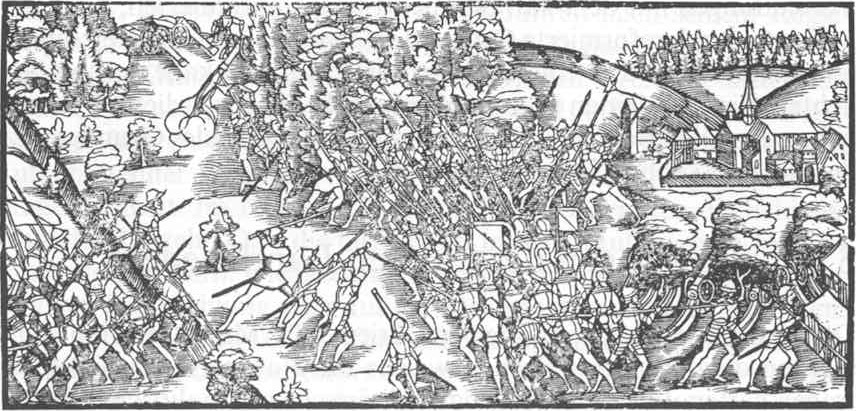
Ulrich Zwingli, a comtemporary of Luther dies in Battle of Kappel in Switzerland and is replaced by John Calvin as leader of the Reformation in Switzerland. Zwingli and Calvin unfortunately, did not believe Christ is truly present in the Holy Eucharist
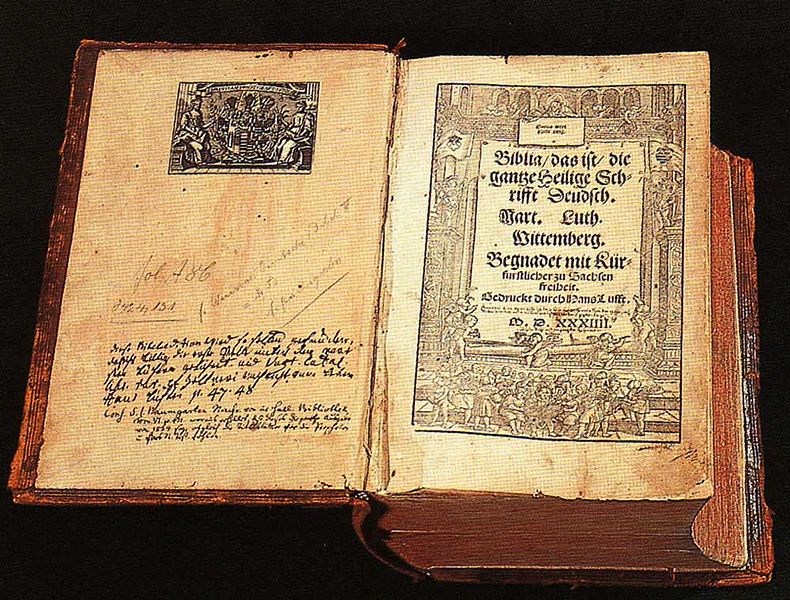
1534 – original copy of Martin Luther’s translation of the Holy Scriptures

1534 – Title page of Holy Scripture (Heilige Scrifft) translation by Martin Luther
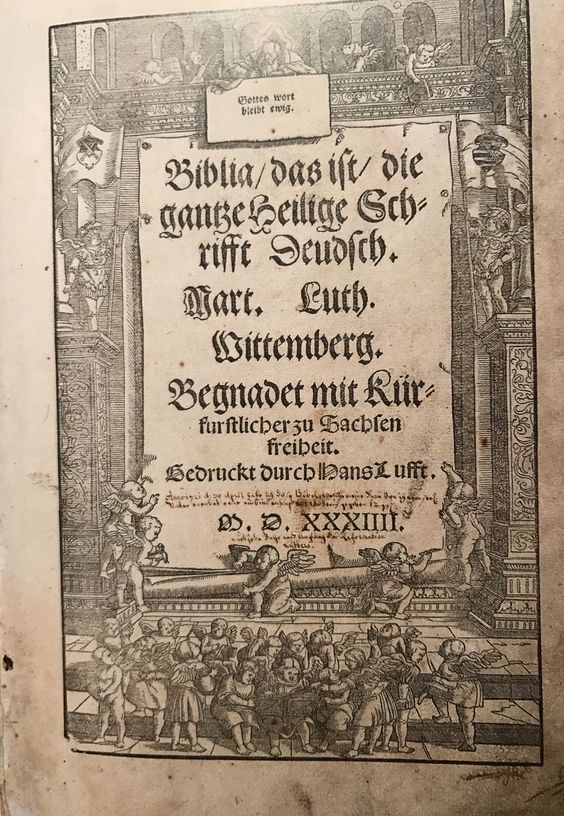
Martin Luther published his translation of the Holy Bible into German, and it soon became the most influential German translation, helping to codify the German language.

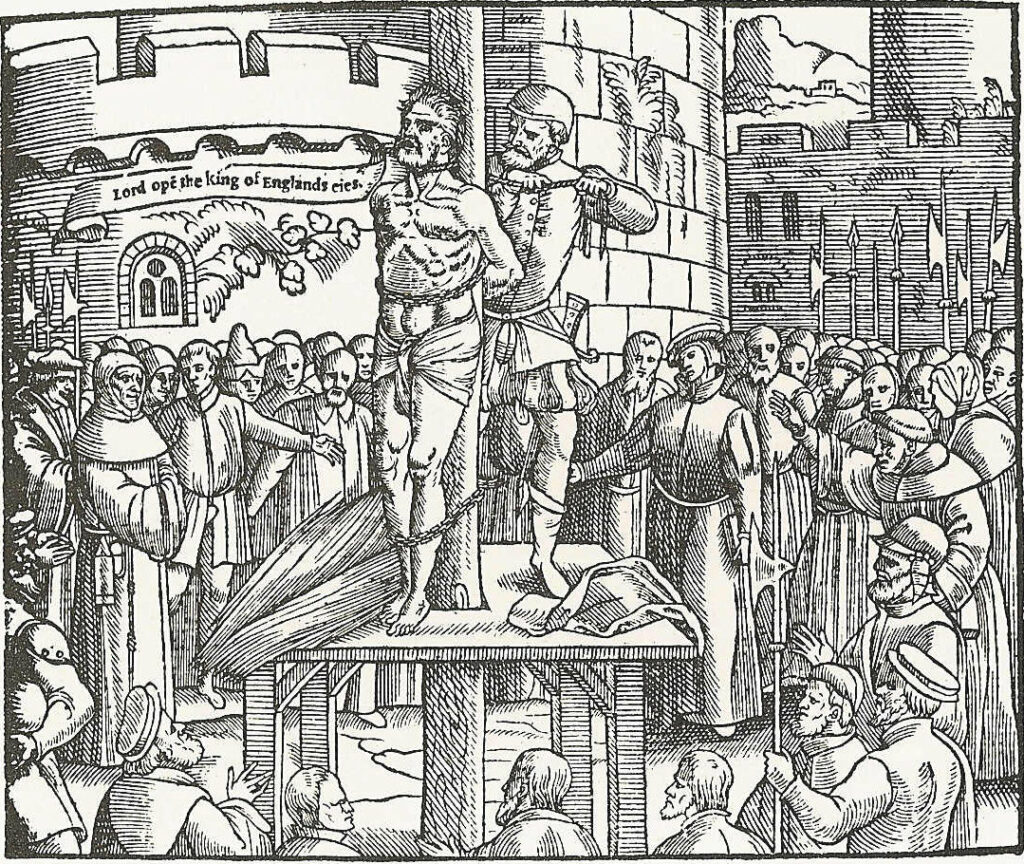
October 6, 1536
October 6, 1536
William Tynsdale burned at the stake in England for translating the Holy Bible into English against the wishes of King Henry the VIII.
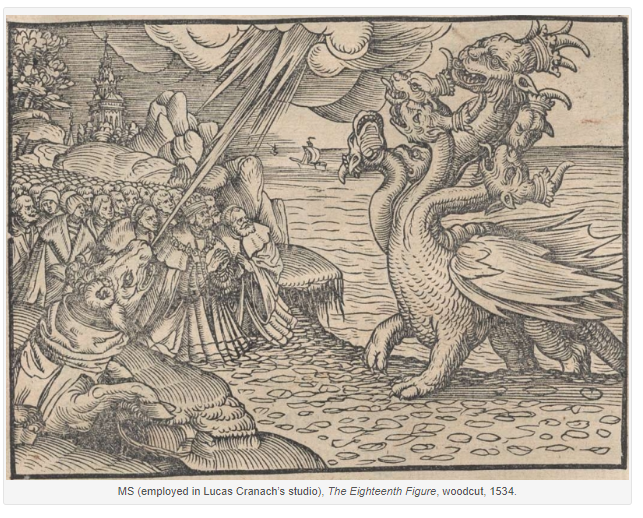
1536-1537
1536-1537
In 1536, Martin Luther wrote the Smalcald Articles and presented them for adoption in 1537. Woodcut is from the studio of Lucas Cranach, and author is MS. Dated 1536.
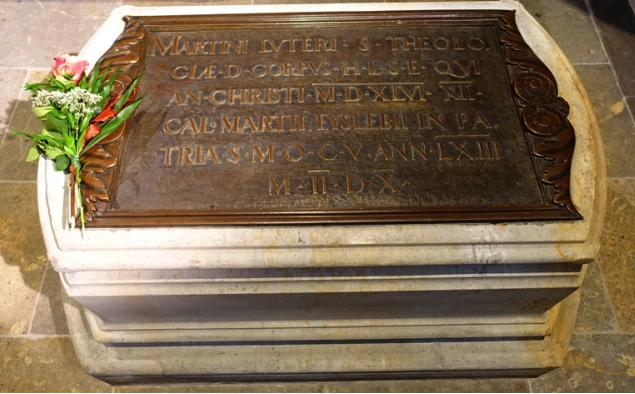
1546
1546
Martin Luther passes away in Eisleben, Germany while visiting, at the age of 63 years old.
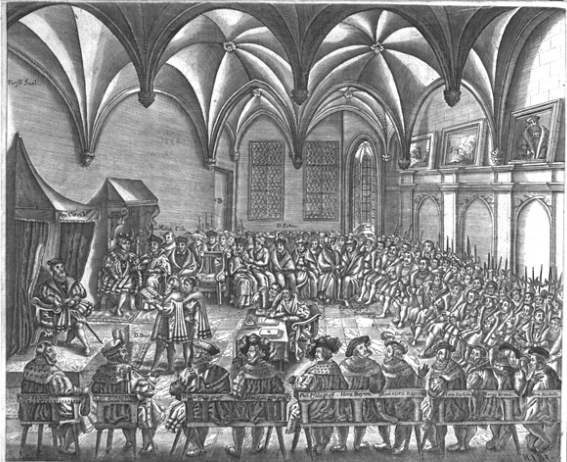
September 25, 1555
Peace of Augsburg signed in Augsburg, Germany between Charles V and the Electors, which decreed that the religion of each realm was determined by the religion of the ruler.
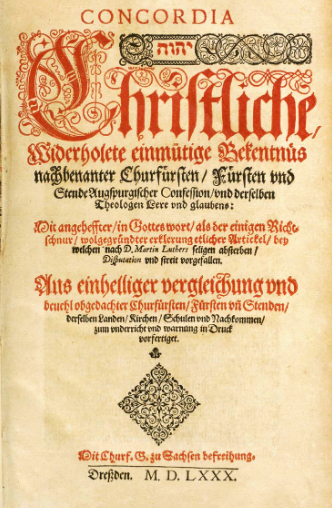
1580
June 25, 1580
Book of Concord published on 50th Anniversary of the Augsburg Confessions.
For a more detailed Timeline of the Reformation, please see A Reformation Timeline from Lutheranreformation.org

